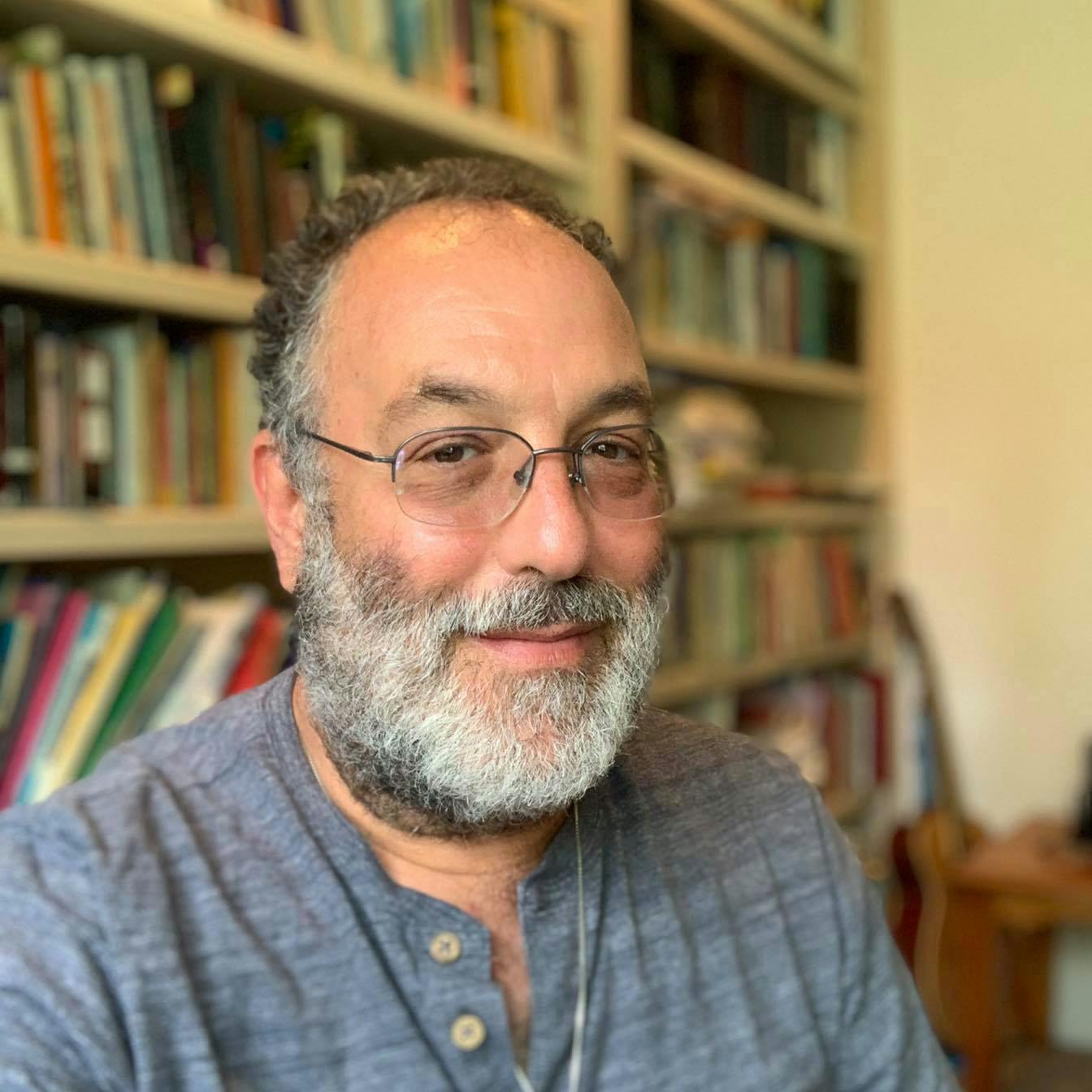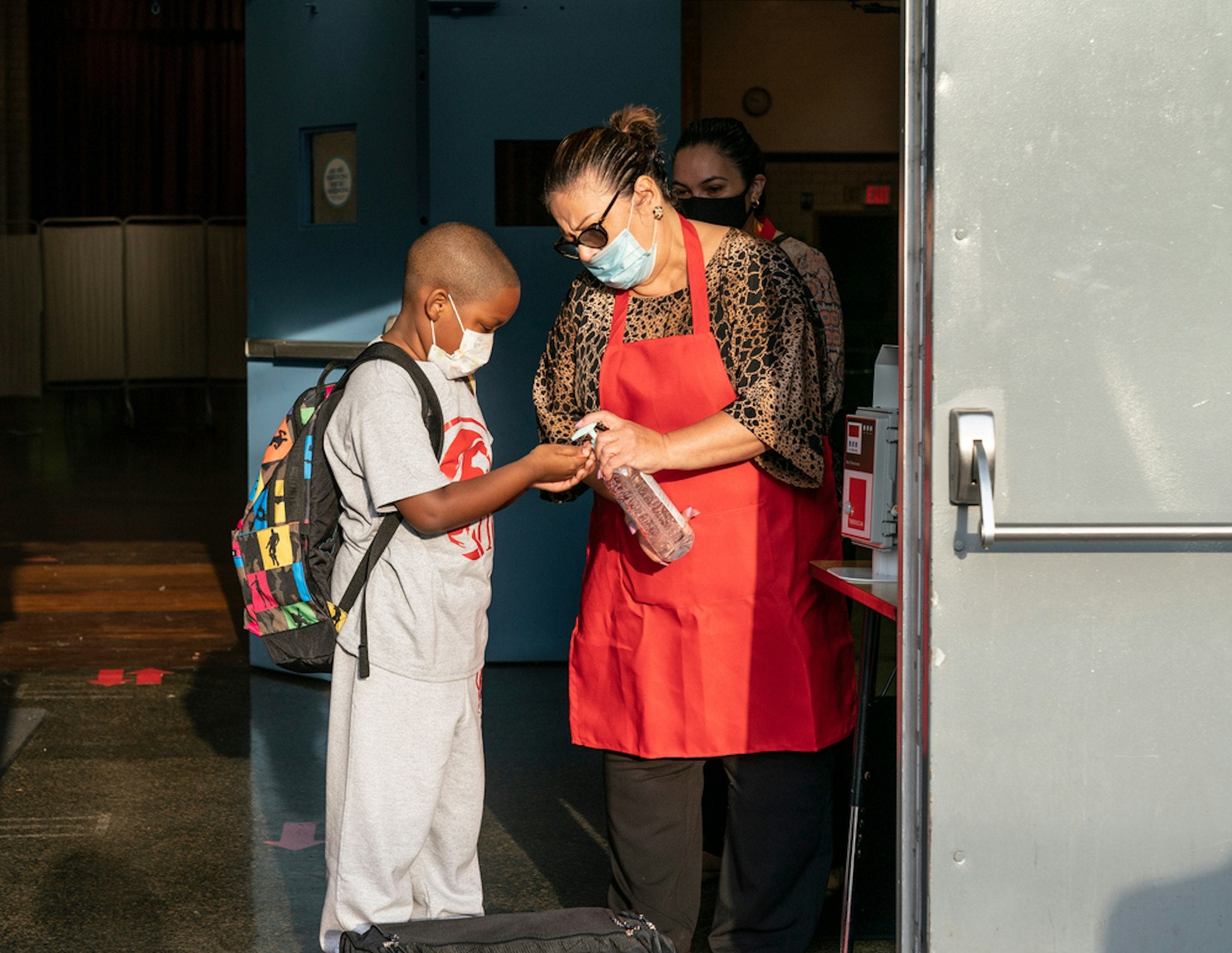(Updated 03/18/22) Ron Avi Astor, professor of social welfare at UCLA SEIS, takes part in research supported by the American Psychological Association on the pandemic’s side effect of harassment and bodily harm against teachers and other school staff.
UCLA Professor Ron Avi Astor, professor of social welfare at the UCLA School of Education and Information Studies, and graduate students from the UCLA Luskin School of Public Affairs have conducted research on the rise of threats against teachers, administrators, school psychologists, and other staff in the wake of the COVID-19 pandemic. Astor, who is also the Marjorie Crump Chair in Social Welfare at the UCLA Luskin School of Public Affairs, is a member of a multi-institution task force created by the American Psychological Association (APA). UCLA is also represented in the study by Hector Palencia, field education faculty in social welfare at the Luskin School, and by Luskin doctoral students Laura Liévano-Karim, Natalie Fensterstock, Chaoyue Wu, Kate Watson, and Sawyer Hogenkamp, who are all working on issues of school safety. Gordon Capp, assistant professor of social work at CSU Fullerton, was also part of the UCLA team.
The APA task force presented these findings at a congressional briefing on March 17, joined by national co-sponsoring organizations including the National Education Association, American Federation of Teachers, National Association of School Psychologists, National Association of School Social Workers and School Social Work Association of America. SEIS alumna Debra Duardo (’13, EdD; ’96, MSW; ’94, BA, Women’s/Chicana Studies, Cum Laude), superintendent of the Los Angeles County Office of Education, will serve as a panelist for the briefing. Congresswoman Jahana Hayes and Senator Alex Padilla will also participate in the briefing.
While much attention has been paid to the effects of COVID-19 upon students and their families, the pandemic has also had a negative impact on the working condition and physical and mental safety of teachers, administrators, social workers, psychologists, and school staff.
“In this study, we wanted to look at all school personnel,” says Professor Astor. “This was one of the first studies we know of that looked at how both COVID-19 and issues of school safety impacted all school personnel. It’s rare to see these different groups in the same school safety or COVID studies. Also, school staff such as bus drivers, janitors, secretaries, yard aides, crossing guards, and cafeteria workers are often left out of these large national studies. Their voices are so important and commonly ignored. This study gives a greater sense of the ecology and how systemic forces impact the totality of the school organization.”
The task force surveyed 14,966 participants – 9,370 teachers, 860 administrators, 1,499 school psychologists and social workers, and 3,237 other pre-K through 12th grade school staff members, including paraprofessionals, instructional aides, school resource officers, and school counselors from all 50 U.S. states and Puerto Rico, with more than 94% of participants working at public schools. Data was collected from July 2020 to June 2021, while many schools were operating with remote learning or a hybrid model.
The largest portion of the participants came from the Southern U.S. (38.17%), while the Northeast accounted for the fewest participants (13.12%). The racial/ethnic distribution of the entire sample was similar to the racial-ethnic distribution of teachers in the United States.

“Huge amounts of funding have been sent to support students, but it will not be possible to support students’ social-emotional learning or positive class climate environments if large numbers of school personnel feel victimized, neglected, targeted, disrespected or humiliated,” says Astor, “and they report being victimized from many different directions.”
Participants were asked about their experience with threats of violence, including verbal harassment, threats or cyberbullying, by students, parents/guardians, colleagues and administrators, as well as by physical violence from their students. One in three teachers (33%) reported at least one incident of verbal harassment or threatening behavior from a student, and 29% reported at least one incident from a parent of a student. The numbers were even higher for school administrators: Approximately 37% reported at least one incident of harassment or threat of violence from a student and 42% reported the same from a parent.
In addition, 18% of school psychologists and social workers, 15% of school administrators and 22% of other school staff reported at least one violent incident by a student during the pandemic. One of the study’s most significant findings is that almost 50% of teachers overall expressed a plan or desire to quit or transfer jobs.
The survey also included a series of open-ended, qualitative questions asking participants to share details of their experiences, expand on their concerns and offer recommendations for solutions. In response to the survey findings, the APA task force has offered recommendations to address violence against school personnel, including:
• Supporting the mental health of school personnel as well as students and promoting trauma-informed practices.
• Enhancing school organizational functioning by including educators’ voices in decision-making.
• Increasing school capacity by meeting the professional development needs of educators and school personnel and addressing the socio-emotional and mental health needs of students.
• Providing research-based systemic training to prevent school violence and reducing the use of zero tolerance policies in response to troubling behavior, a practice that has not been found to reduce infractions.
• Improving preparation programs for educators by providing more training to help better understand and address the social-emotional needs not only of students but of themselves and other educators.
The task force also identified a series of actions that could be taken by Congress, including enacting bills being considered and funding priorities that could help address the issues identified by the survey.
“Probably one of the biggest takeaways from this study is that we need far more resources, in the long run, to fully recover from the pandemic,” notes Professor Astor. “Our schools need the support to uplift and celebrate the faculty and school personnel. This is not only money-related, it also includes human capacity building, creating welcoming and caring organizations, and listening to local needs of teachers and communities.
“This is an opportunity to be thinking of our schools in a different way – the way we would like our future society to look like. When you fly a plane with children, the pilot often instructs to first put the oxygen mask on the adult’s face so they can help the child through any crisis. In that case, supporting school personnel in the most caring way, realizing they have endured COVID and kept our schools going – and perhaps saved the lives of many children in the process – is a needed step as we emerge forward.”
For a recording of the congressional briefing on Thursday, March 17, visit YouTube.
To read the full report, click here.
Visit these links for media on the APA report:
Above: Shutterstock
Portrait courtesy of Ron Avi Astor
